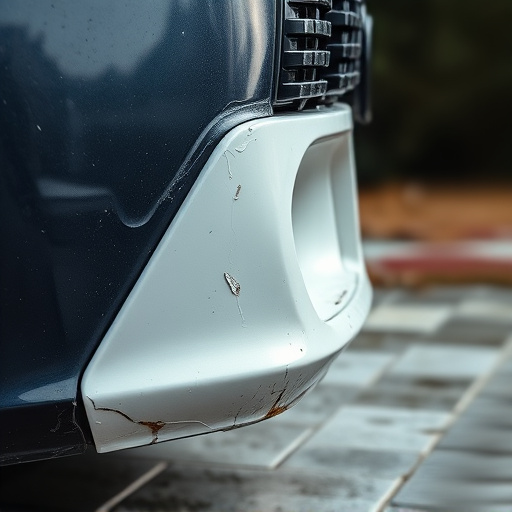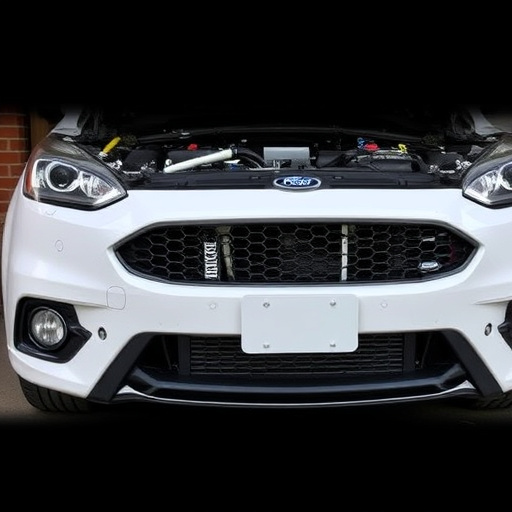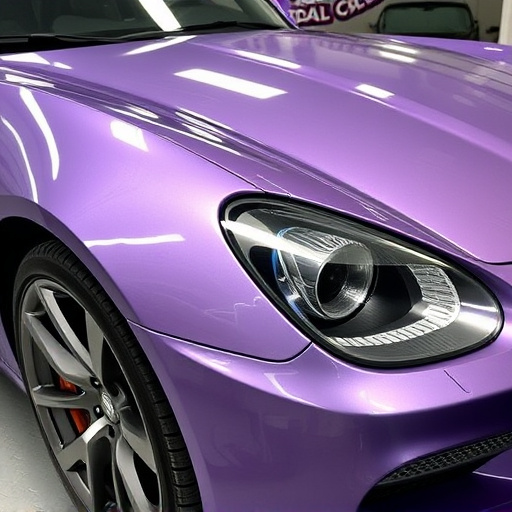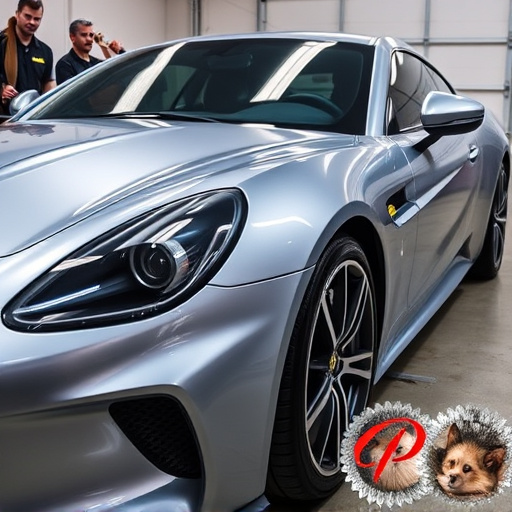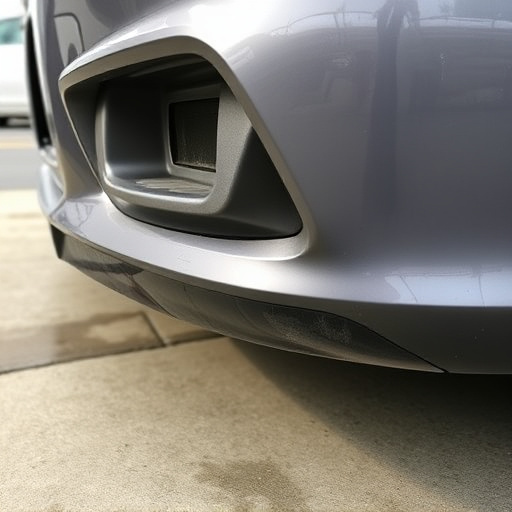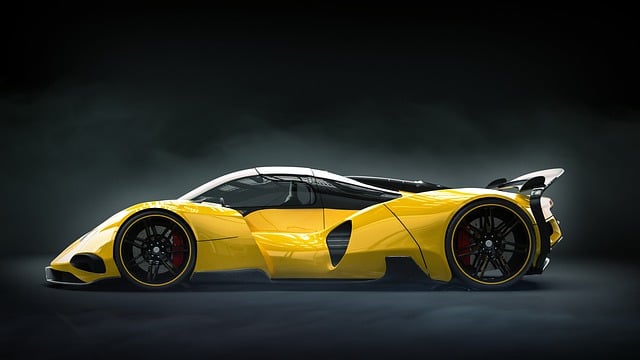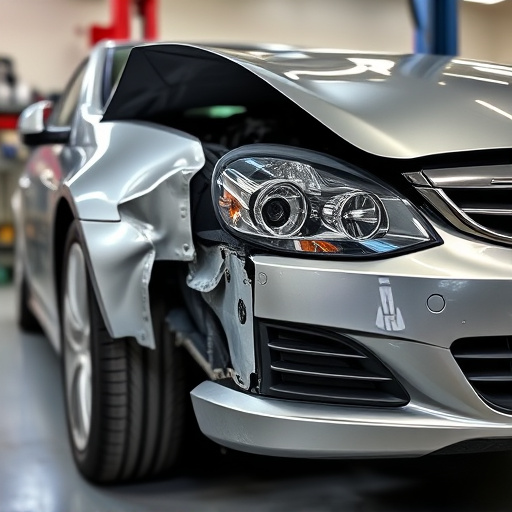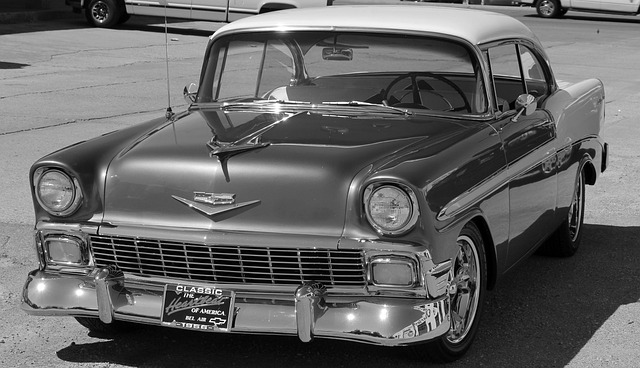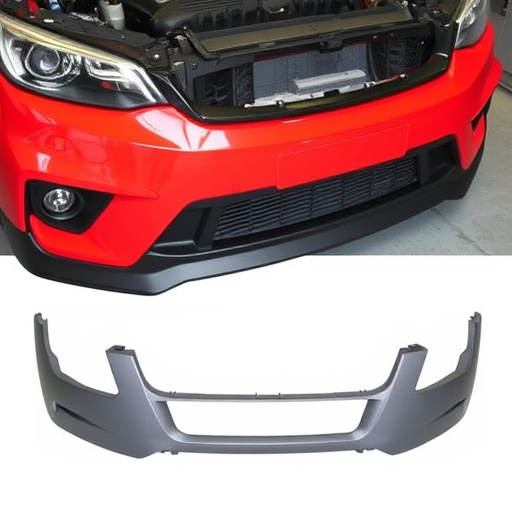Tesla's fender camera alignment is vital for both safety and aesthetics. These cameras support advanced driver-assistance systems (ADAS) with high-res data on surroundings, crucial for features like lane departure warnings and adaptive cruise control. Proper OEM-guided alignment ensures clear views, enhances safety, and aids in seamless auto glass repairs while maintaining vehicle integrity. Correct positioning is a precise engineering task, requiring adherence to stringent guidelines for optimal ADAS and autonomous driving performance.
Tesla’s fender cameras are a revolutionary feature, enhancing safety and autonomous driving. This guide delves into understanding their functionality and optimal alignment techniques. By carefully aligning these cameras, drivers can ensure a clear view of surroundings, crucial for navigating tight spaces and parking maneuvers. We’ll explore OEM (Original Equipment Manufacturer) positioning guidelines to achieve precise camera placement, ensuring your Tesla’s advanced driver-assistance systems function at their best.
- Understanding Tesla Fender Camera Functionality
- Aligning Cameras for Optimal Vision
- OEM Guidelines for Precise Placement
Understanding Tesla Fender Camera Functionality
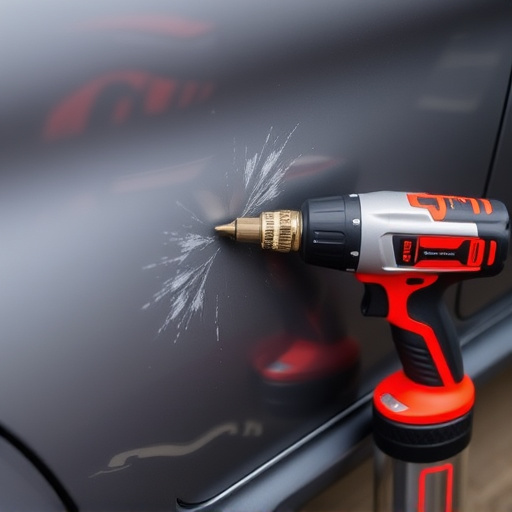
The Tesla fender camera alignment is a sophisticated feature designed to enhance safety and driving dynamics. These cameras, strategically placed on the vehicle’s fenders, serve as part of Tesla’s advanced driver-assistance system (ADAS). They provide a detailed view of the surroundings, aiding in various functions such as parking assistance, lane departure warnings, and adaptive cruise control. When properly aligned, these cameras offer accurate and real-time data, ensuring the car repair shop’s mechanics can perform precise adjustments during fender repairs or routine maintenance.
Understanding how these cameras work is crucial for both car owners and automotive repair services. The OEM (Original Equipment Manufacturer) positioning guidelines ensure that the cameras capture high-resolution images with optimal clarity. By adhering to these guidelines, repair shops can guarantee that replacement parts, including new fenders, are aligned correctly, maintaining the vehicle’s safety features and aesthetic appeal. This attention to detail is vital in the precision-driven world of automotive repairs.
Aligning Cameras for Optimal Vision
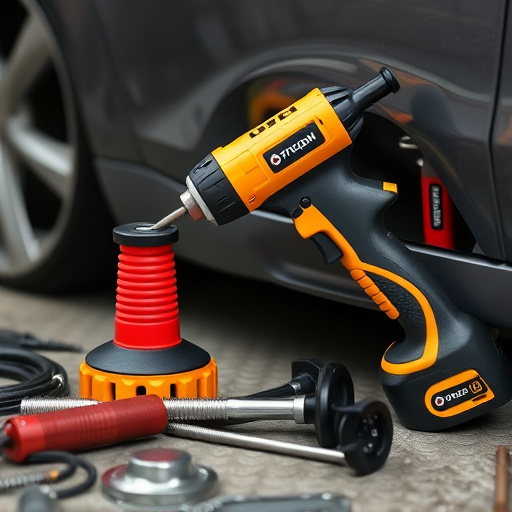
To achieve optimal vision for safe driving and enhanced autonomous capabilities, aligning Tesla’s fender cameras is paramount. Proper alignment ensures that the cameras capture a clear and unobstructed view of the surroundings, including crucial elements like lane markings, other vehicles, and potential obstacles. This process involves meticulously adjusting the camera’s position, ensuring it aligns perfectly with the vehicle’s bodywork and framing the field of view correctly.
Proper Tesla fender camera alignment goes beyond mere aesthetics; it directly impacts the vehicle’s safety features. When aligned accurately, these cameras can provide detailed data for advanced driver-assistance systems (ADAS), enabling functions like lane keep assist, automatic emergency braking, and 360-degree awareness. Correct positioning also facilitates seamless integration with auto glass repair or replacement processes, ensuring that any repairs don’t compromise the camera’s functionality or viewing angle, thus maintaining optimal vehicle paint repair and overall safety standards.
OEM Guidelines for Precise Placement
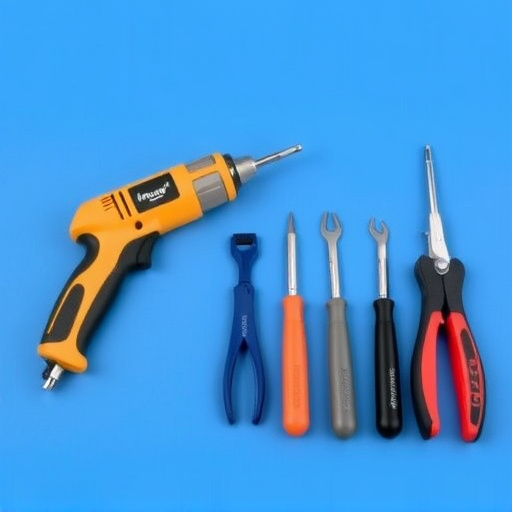
Tesla’s fender camera alignment is a precision engineering task that requires adherence to stringent OEM (Original Equipment Manufacturer) guidelines. These guidelines are designed to ensure optimal positioning for cameras, facilitating advanced driver-assistance systems (ADAS) and autonomous driving capabilities. When it comes to vehicle bodywork, especially in the context of car repair shops dealing with scratch repairs, maintaining these exacting standards is paramount.
OEMs provide detailed specifications for every component, including camera placement, to ensure a seamless integration into the vehicle’s overall design and functionality. Deviations from these guidelines can impact not just the aesthetics but also the safety features of the vehicle. Thus, car repair shops specializing in vehicle bodywork must possess the expertise and tools to accurately replicate OEM positioning during any repair or modification process involving Tesla fender cameras.
Properly aligned Tesla fender cameras are essential for enhancing driving safety and improving autonomous driving capabilities. By understanding how these cameras function, following precise alignment steps, and adhering to OEM positioning guidelines, vehicle owners can ensure optimal visibility and reliable performance. This ensures a safer driving experience and keeps up with the advancements in electric vehicle technology.
